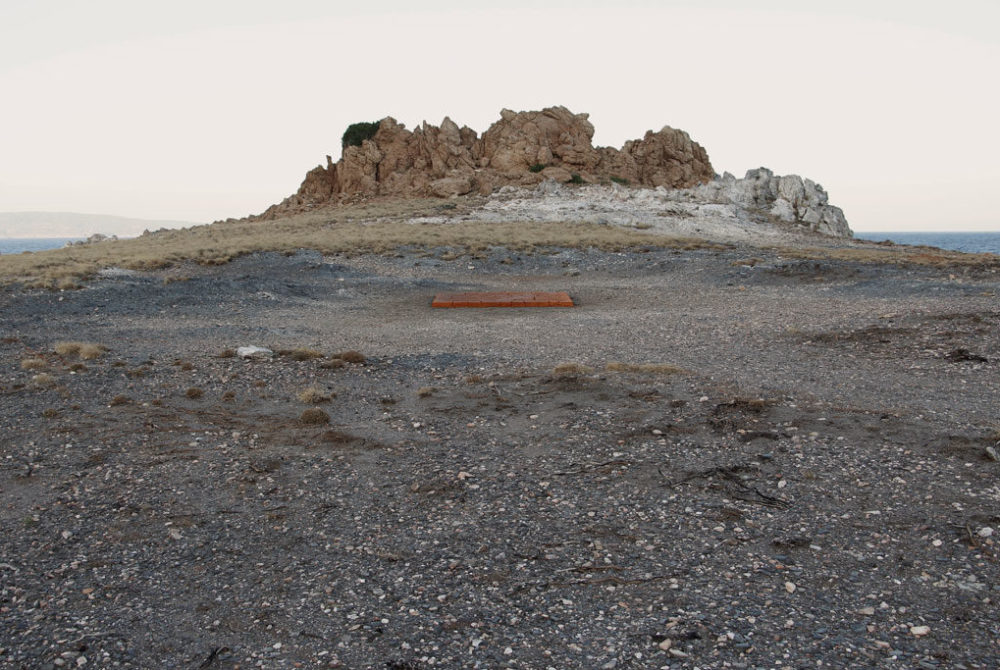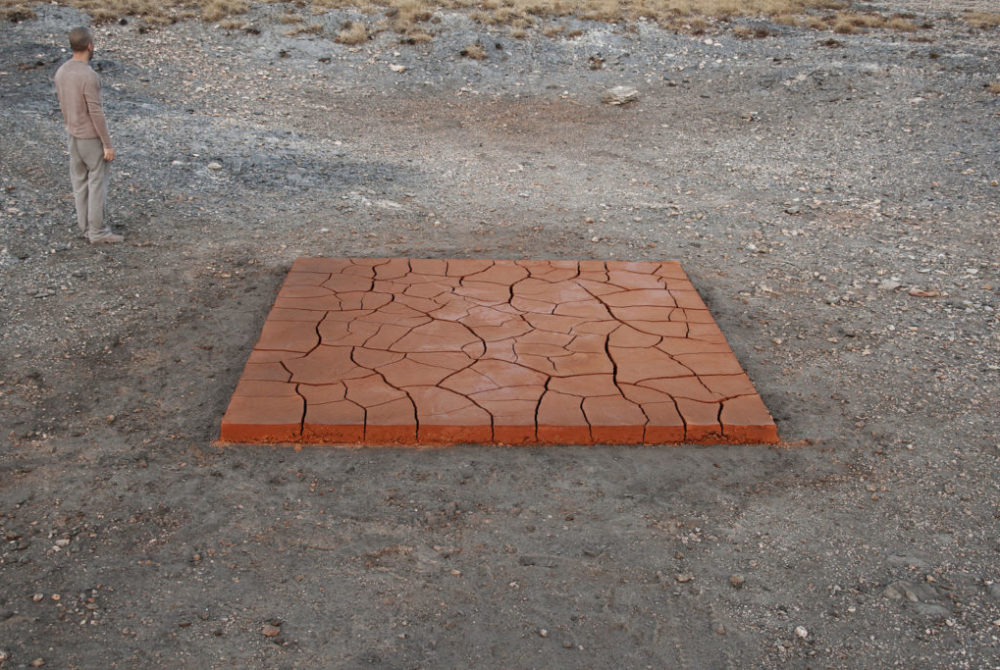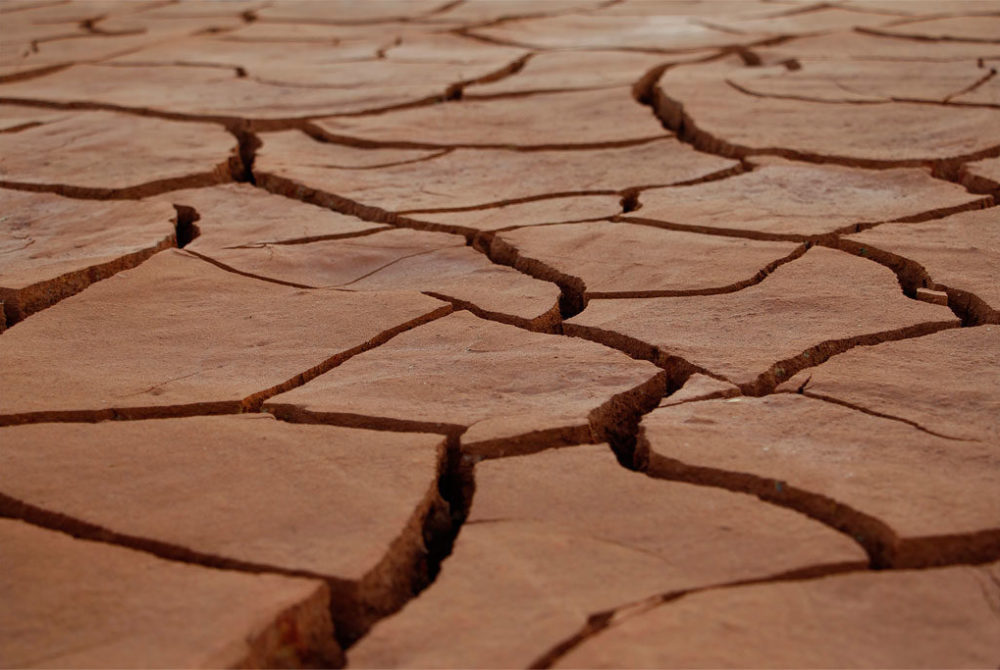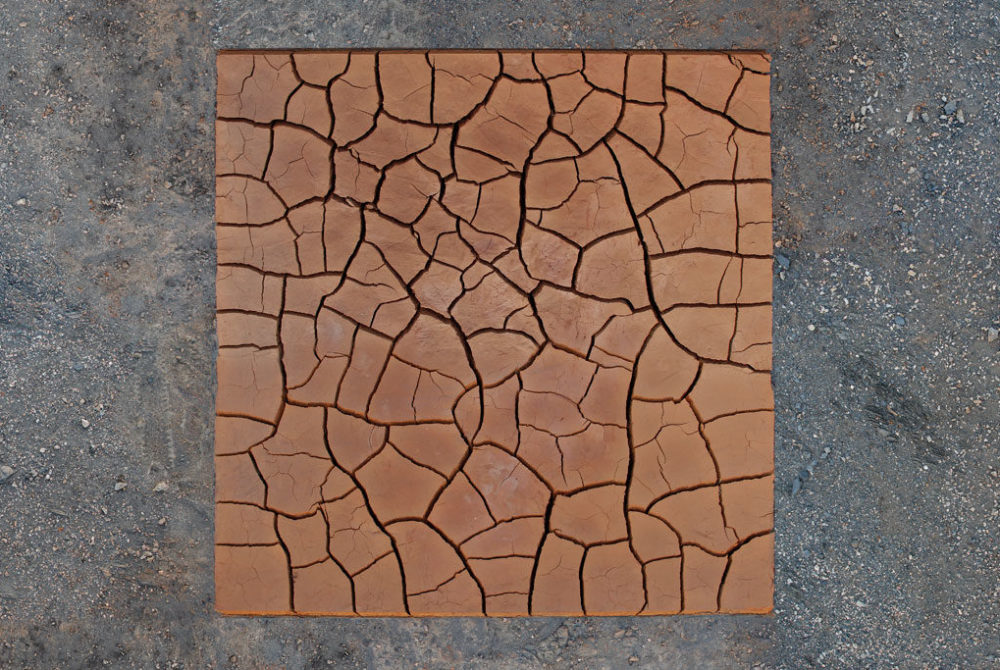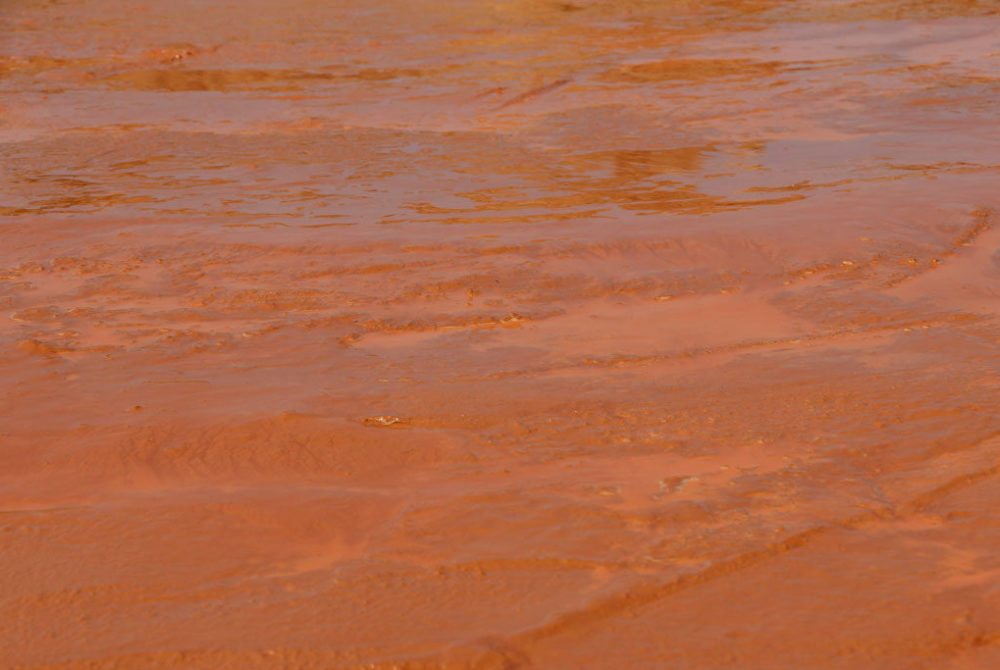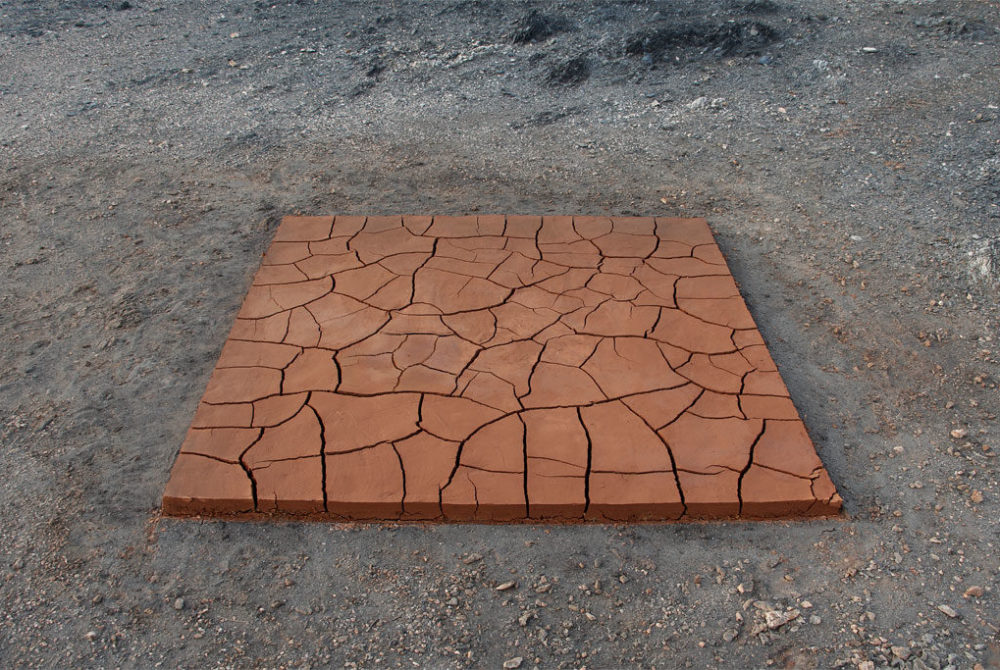PROSOPEION
Prosopeion / Outdoor site-specific installation / Soil / 300x300cm / 2017
Location / Cape Maleas / Greece
- Prosopeion / Soil / 300x300 cm / Cape Maleas / Greece / 2017
- Prosopeion / Soil / 300x300 cm / Cape Maleas / Greece / 2017
- Prosopeion / Installation view / 2017
- Prosopeion / Installation view / 2017
- Prosopeion / Photo documentation / 2017
- Prosopeion / Installation view / 2017
The installation Prosopeion was realized at Cape Maleas, south of Peloponnese. The material used for its creation was raw clay from the nearby region.
In this work my main target was to minimize personal gesture and degrade my intervention. The focus is placed on economy of means with the intention of elevating the poetic character of the art piece.
Prosopeion is a mask that covered the face of an actor in the ancient Greek theatre. Its function was to create a face lacking in individual characteristics used primarily to denote a character. One cannot help but wonder: does it strictly constitute outward appearance that is separate from the Being and the truth or is it another aspect of theirs? Does it conceal real appearance or does it reveal another facet of the one bearing the prosopeion?
The installation is an imitation of the natural process of the soil to constantly form overlapping layers. Soil on top of soil. An artificial piece of ground that symbolizes the prosopeion that conceals and transforms. The cosmogonic raw material of the earth is used in this case tautologically investigating through Heidegger terms the revealing role of this work of art.
On a symbolic level, the earth is connected to human creation and it is also where humans establish their abodes. It envelops and secures entities. The artificially installed soil on soil at the same time conceals and reveals. The ‘preconceived’ becomes visible through its presence. It is a simulated means that covers the ‘native soil’ and at the same time redefines it. It is simultaneously a delusion and a revelation.
The dual nature of the Prosopeion brings us headlong with a situation of indecisiveness between truth and falsehood something that is characteristic to the incessant human pursuit. It is a phenomenon that might not comply with the real nature of Being but it can also be part of its true nature. It is a constructed condition that redefines our view of what is existent and ultimately our view of ourselves.
Special Thanks to: Dimitris Kompis, Dimitris Athanasakos
